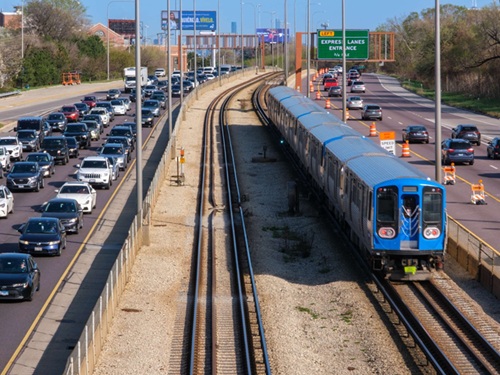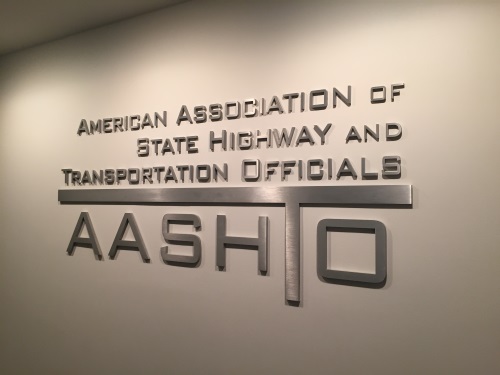The American Association of State Highway and Transportation Officials sent a letter to the Federal Communications Commission on November 29 reemphasizing the need by state departments of transportation for interference-free wireless spectrum.

The letter is related to AASHTO’s long-running campaign to convince the FCC to revisit its decision in November 2020 to open up the 5.9 gigahertz or GHz wireless spectrum to non-transportation use. AASHTO seeks to prevent the FCC from doing something similar in the 4.9 GHz spectrum band.
AASHTO is one of four “frequency coordinators” certified to administer radio spectrum assigned for public safety and to recommend frequencies for licensing by local government and other entities.
In its letter to the FCC, AASHTO reiterated that state DOTs rely on “point-to-point interference free” wireless spectrum for land mobile radio (LMR) and for backhaul to intelligent transportation system (ITS) devices and connected automated vehicle or CAV applications.
“The 4.9 GHz [spectrum] has proven to be reliable [and] interference limited solution that supports ITS and LMR dispatch system communications,” AASHTO said. “The 4.9 GHz [spectrum] can be used to make connections such as [for] streetlight controls, traffic controls, parking meter applications and other applications for dense urban markets.”
However, the group stressed that state DOTs continue to require higher spectrum bandwidth to perform those public safety duties, especially as fiber optic cable deployment is not always an affordable or practical option for the expanding ITS footprint state DOTs must manage – especially in non-metropolitan areas.
“Therefore AASHTO reiterates its opposition of opening the 4.9 GHz spectrum initially allocated for public safety to non-public eligible users,” the group said in its letter.
“We oppose unlicensed use of the 4.9 GHz spectrum as this does not allow a formal mitigation process should harmful interference occur between licensed and unlicensed users,” the letter added. “Additionally, pursuing and resolving interference from unlicensed sources can be complex and lengthy, which requires cooperation and additional resources from the spectrum users.”
For those reasons, AASHTO called on the FCC in its letter to implement a “nationwide standard” for spectrum interference protection.
“A system, regardless of the state in which it is located, should enjoy the same interference protection from other systems, whether in-state or out-of-state,” the organization emphasized. “The FCC is the only authority that can impose such uniform specifications, and should do so.”
 Nation
Nation


